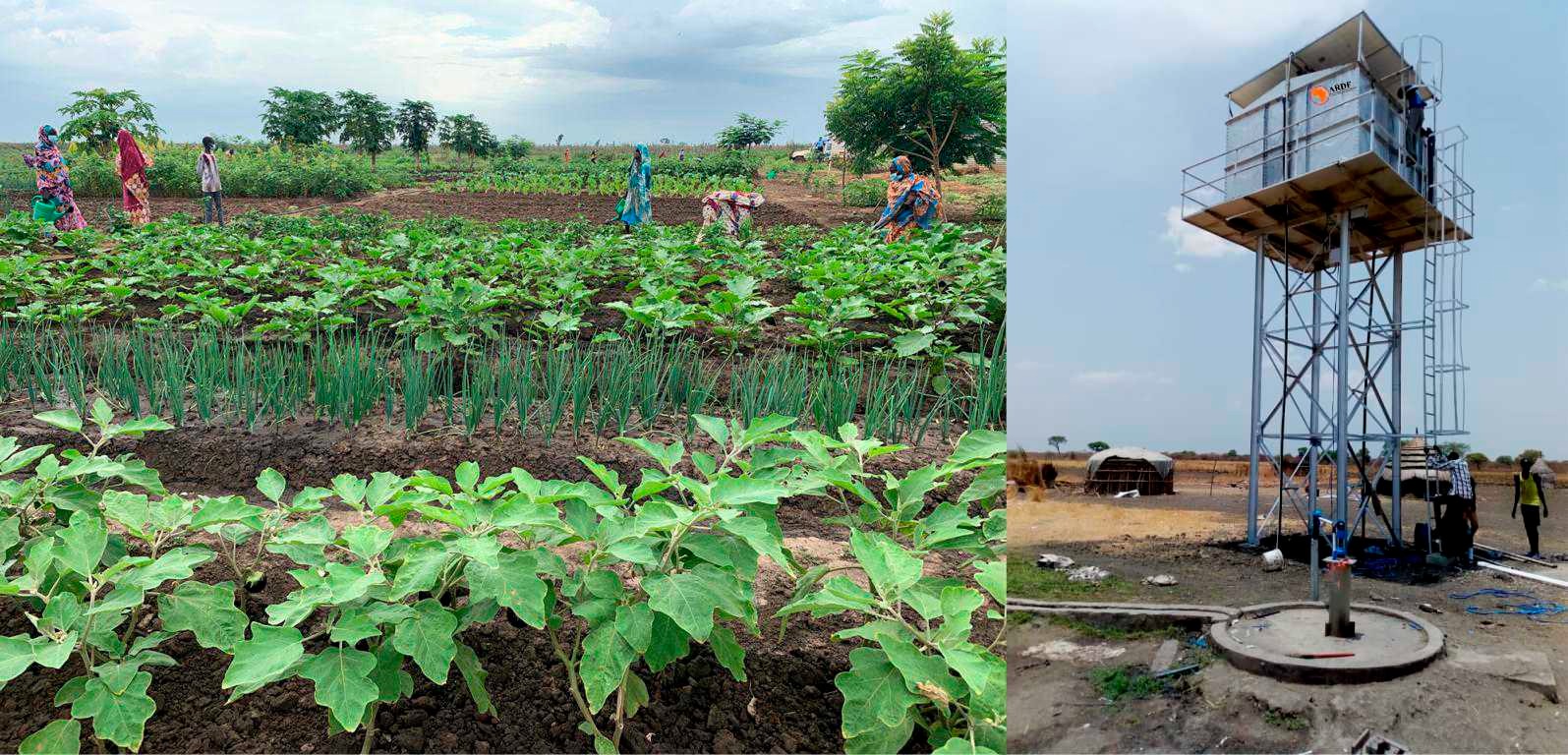a) Education and Skill Development:
- Provide support to all schools (Pre-primary, Primary, and Secondary
Schools) in the targeted geographical areas through rehabilitation or
construction of learning spaces.
- Providing teachers and learners with teaching and learning materials
respectively
- Support to out-of-school children in all the program locations.
- Enrolling children in Pre-primary, Primary, and secondary schools
- Recruitment of qualified teachers to provide quality education services.
Female teachers will be recruited
- Construct gender-sensitive Latrines in all the school supported. All latrines
are disaggregated by sex (boys and Girls). Children with disabilities will
have separate latrines. WASH equipment for hygiene promotion (hand
washing) in the school will be placed close to each latrine and children will
be educated on how to use
- Children in pre-primary schools will be provided with various ECD kits to
stimulate brain development and learning
- Establish PTA/SMC members and engaged to encourage a sense of
ownership within the communities. Teachers and PTA/SMC members will be
trained in school management and other cross-cutting issues including
protection issues, corporal, inclusion of people with disabilities, and pre-
primary school children. This is to promote a safe and enabling learning
environment for all children attending lessons. Moreover, the project will
also equip PTA/SMC with governance tools
- Provide children with recreational materials, footballs, volleyballs, netballs,
playing boots, pre-primary school children playing games and etc
- Integrate WASH services in the schools by ensuring the provision of hand-
washing materials
- Formation of school hygiene Clubs in the schools
- Distribution of menstrual hygiene materials (MHM)
- Community awareness of the on importance of education
b) Economic Empowerment:
- Facilitating the establishment and growth of micro-enterprises and small
businesses.
- Promoting financial literacy and access to microfinance to encourage
responsible entrepreneurship.
- Strengthening market linkages and trade opportunities to enhance
economic resilience.
- Vocational training
c) Health and Nutrition:
- Improving access to healthcare services, including preventive measures
and essential treatments.
- Raising awareness about proper nutrition and providing support for food
security programs.
- Addressing health-related barriers to productivity and
economic participation.
d) Food Security and Livelihood (FSL)
- Strengthen the capacity of community-based organizations, farmer’s
groups, and networks to respond rapidly to extreme climatic conditions.
- Targeted population, groups covered by adequate risk reduction systems
- Targeted population groups participating in adaptation and risk reduction
awareness activities.
- Targeted individual and community livelihood strategies strengthened in
relation to climate change impacts, including variability
- Increase adaptive capacity of communities and households to respond to
climate change
- Increase the capacity of community and household in best agronomic
practices
- Households and community provided with agricultural inputs
- Explore innovative areas of improving FSL of the vulnerable communities.
- Increase capacity of women and youths on entrepreneurship skills and
value chain development to improve on their socio-economic status.
- Increase employment opportunities, market access and incomes for poor
and marginalized groups, particularly women and girls
e) WASH Infrastructure and Basic Services:
- providing and improving reliable, safe, and clean water access;
- providing and improving sanitation; and
- promoting safe hygiene practices.
f) Gender Equality and Social Inclusion:
- Promoting gender equality and empowering women through skill-building
and leadership programs.
- Supporting marginalized and excluded groups to ensure they have equal
access to opportunities.
- Combating discrimination and fostering an inclusive society that values
diversity.
g) Community Participation and Ownership:
- Encouraging active participation of community members in decision-
making processes.
- Building partnerships with local organizations and stakeholders to ensure
sustainability.
- Instilling a sense of ownership and responsibility among beneficiaries to
drive long-term progress.
